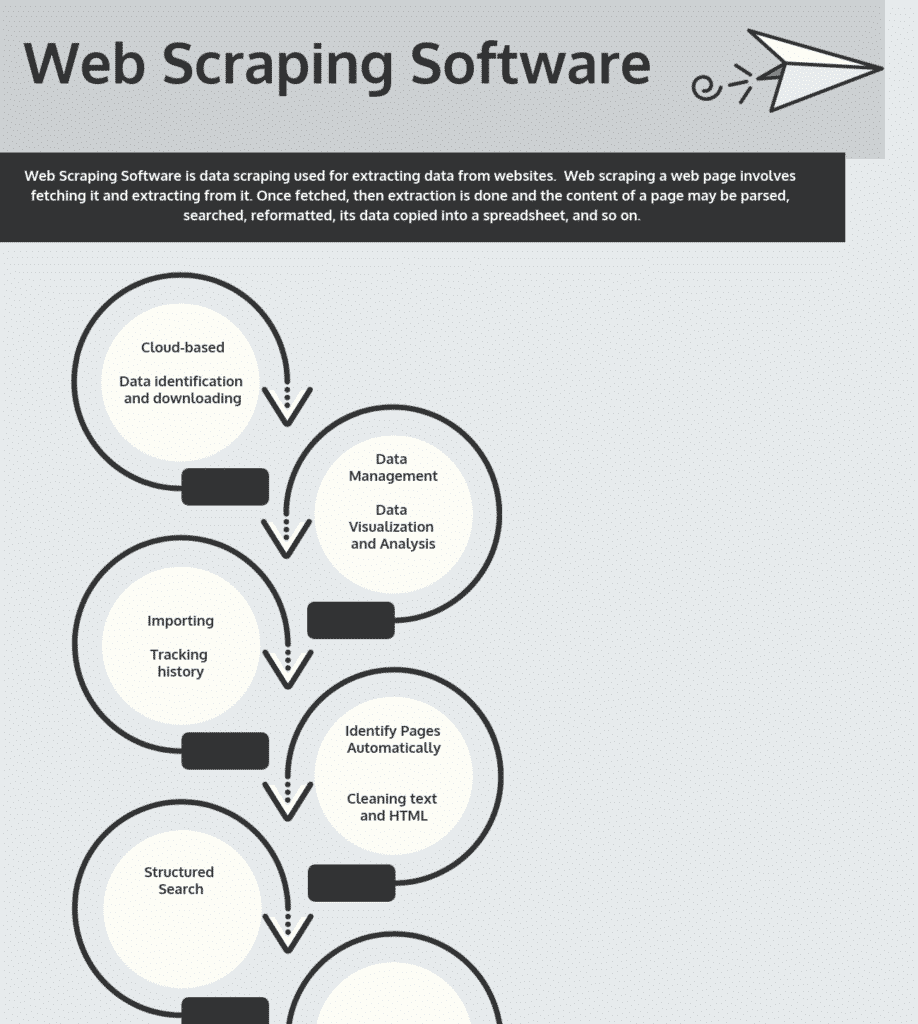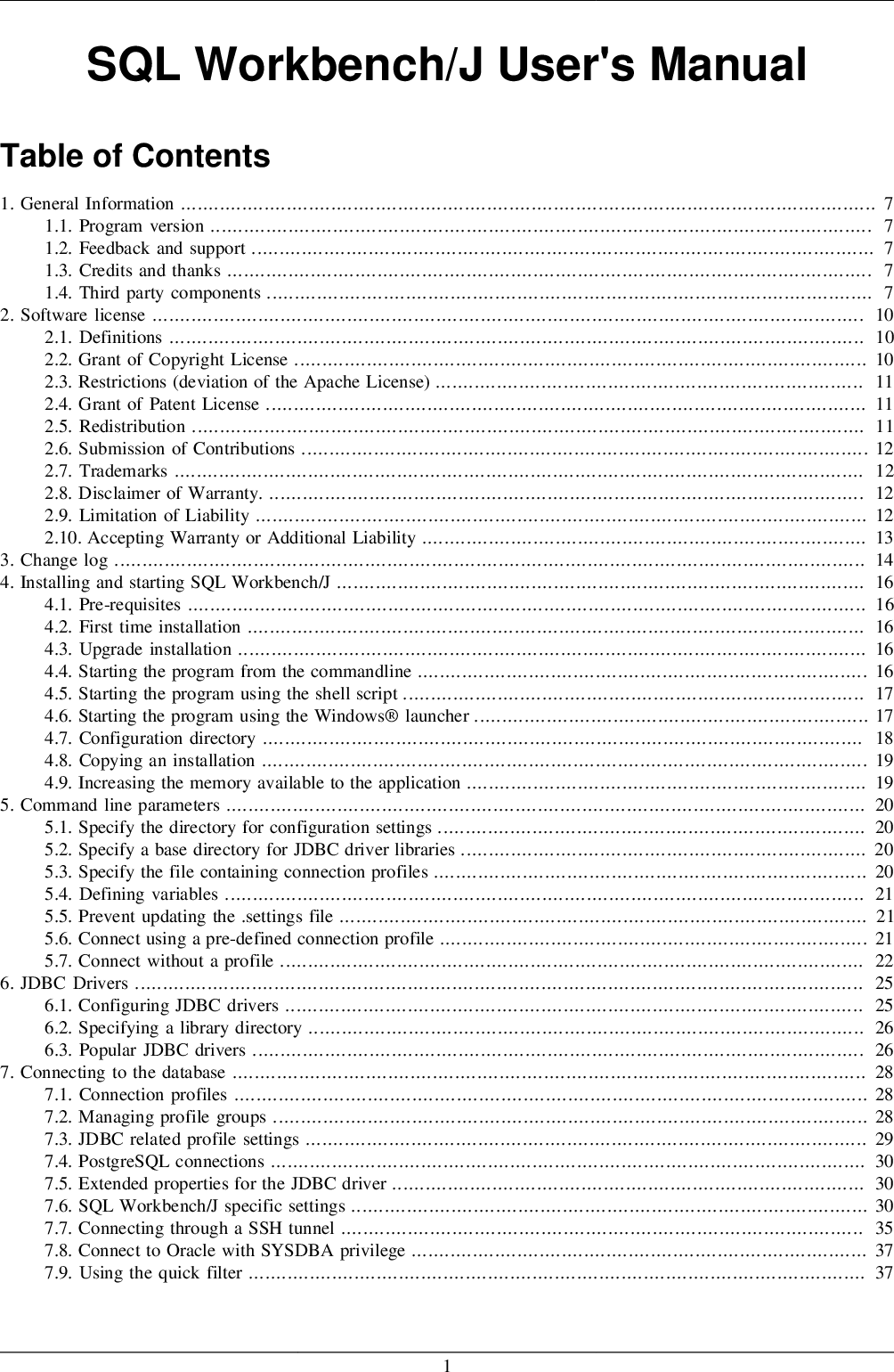It is extremely easy to use, scalable and incredibly powerful. It has all the features you find in the best tools, plus many more. It really is the next evolution in web scraping technology. It is the only web scraping software scraping.pro gives 5 out of 5 stars on the Web Scraper Test Drive evaluations. Import.io is a web scraping tool that helps the user to form datasets by importing data from any web page and exporting data to CSV. This tool integrates data into an application using APIs and webhooks. It has easy interaction with web forms and logins. You will get the best web scraping tool to find out the recurring data, as it will give you a document and IP address extraction. Apify gives you good customer data storage to manage web scraps and universal HTTP-proxy protocol.
Monday, February 01, 2021A web scraper (also known as web crawler) is a tool or a piece of code that performs the process to extract data from web pages on the Internet. Various web scrapers have played an important role in the boom of big data and make it easy for people to scrape the data they need.
Among various web scrapers, open-source web scrapers allow users to code based on their source code or framework, and fuel a massive part to help scrape in a fast, simple but extensive way. We will walk through the top 10 open source web scrapers in 2020.
1. Scrapy
Language: Python
Scrapy is the most popular open-source and collaborative web scraping tool in Python. It helps to extract data efficiently from websites, processes them as you need, and store them in your preferred format(JSON, XML, and CSV). It’s built on top of a twisted asynchronous networking framework that can accept requests and process them faster. With Scrapy, you’ll be able to handle large web scraping projects in an efficient and flexible way.
Advantages:
- Fast and powerful
- Easy to use with detailed documentation
- Ability to plug new functions without having to touch the core
- A healthy community and abundant resources
- Cloud environment to run the scrapers
2. Heritrix
Language: JAVA
Heritrix is a JAVA based open source scarper with high extensibility and designed for web archiving. It highly respects the robot.txt exclusion directives and Meta robot tags and collects data at a measured, adaptive pace unlikely to disrupt normal website activities. It provides a web-based user interface accessible with a web browser for operator control and monitoring of crawls.

Advantages:
- Replaceable pluggable modules
- Web-based interface
- Respect to the robot.txt and Meta robot tags
- Excellent extensibility
Best Web Scraping Tool
3. Web-Harvest
Language: JAVA
Web-Harvest is an open-source scraper written in Java. It can collect useful data from specified pages. In order to do that, it mainly leverages techniques and technologies such as XSLT, XQuery, and Regular Expressions to operate or filter content from HTML/XML based web sites. It could be easily supplemented by custom Java libraries to augment its extraction capabilities.
Advantages:
- Powerful text and XML manipulation processors for data handling and control flow
- The variable context for storing and using variables
- Real scripting languages supported, which can be easily integrated within scraper configurations
4. MechanicalSoup
Language: Python
MechanicalSoup is a Python library designed to simulate the human’s interaction with websites when using a browser. It was built around Python giants Requests (for http sessions) and BeautifulSoup (for document navigation). It automatically stores and sends cookies, follows redirects, and follows links and submits forms. If you try to simulate human behaviors like waiting for a certain event or click certain items rather than just scraping data, MechanicalSoup is really useful.

Advantages:
- Ability to simulate human behavior
- Blazing fast for scraping fairly simple websites
- Support CSS & XPath selectors
5. Apify SDK
Language: JavaScript
Best Web Browser Best Web Scraping Tools
Apify SDK is one of the best web scrapers built in JavaScript. The scalable scraping library enables the development of data extraction and web automation jobs with headless Chrome and Puppeteer. With its unique powerful tools like RequestQueue and AutoscaledPool, you can start with several URLs and recursively follow links to other pages and can run the scraping tasks at the maximum capacity of the system respectively.
Advantages:
- Scrape with largescale and high performance
- Apify Cloud with a pool of proxies to avoid detection
- Built-in support of Node.jsplugins like Cheerio and Puppeteer
6. Apache Nutch
Language: JAVA
Apache Nutch, another open-source scraper coded entirely in Java, has a highly modular architecture, allowing developers to create plug-ins for media-type parsing, data retrieval, querying and clustering. Being pluggable and modular, Nutch also provides extensible interfaces for custom implementations.
Advantages:
- Highly extensible and scalable
- Obey txt rules
- Vibrant community and active development
- Pluggable parsing, protocols, storage, and indexing
7. Jaunt
Language: JAVA
Jaunt, based on JAVA, is designed for web-scraping, web-automation and JSON querying. It offers a fast, ultra-light and headless browser which provides web-scraping functionality, access to the DOM, and control over each HTTP Request/Response, but does not support JavaScript.
Advantages:
- Process individual HTTP Requests/Responses
- Easy interfacing with REST APIs
- Support for HTTP, HTTPS & basic auth
- RegEx-enabled querying in DOM & JSON
8. Node-crawler
Language: JavaScript
Node-crawler is a powerful, popular and production web crawler based on Node.js. It is completely written in Node.js and natively supports non-blocking asynchronous I/O, which provides a great convenience for the crawler's pipeline operation mechanism. At the same time, it supports the rapid selection of DOM, (no need to write regular expressions), and improves the efficiency of crawler development.
Advantages:
- Rate control
- Different priorities for URL requests
- Configurable pool size and retries
- Server-side DOM & automatic jQuery insertion with Cheerio (default) or JSDOM

9. PySpider
Language: Python
PySpider is a powerful web crawler system in Python. It has an easy-to-use Web UI and a distributed architecture with components like scheduler, fetcher, and processor. It supports various databases, such as MongoDB and MySQL, for data storage.
Advantages:
- Powerful WebUI with a script editor, task monitor, project manager, and result viewer
- RabbitMQ, Beanstalk, Redis, and Kombu as the message queue
- Distributed architecture
10. StormCrawler
Language: JAVA
StormCrawler is a full-fledged open-source web crawler. It consists of a collection of reusable resources and components, written mostly in Java. It is used for building low-latency, scalable and optimized web scraping solutions in Java and also is perfectly suited to serve streams of inputs where the URLs are sent over streams for crawling.
Advantages:
- Highly scalable and can be used for large scale recursive crawls
- Easy to extend with additional libraries
- Great thread management which reduces the latency of crawl
Open source web scrapers are quite powerful and extensible but are limited to developers. There are lots of non-coding tools like Octoparse, making scraping no longer only a privilege for developers. If you are not proficient with programming, these tools will be more suitable and make scraping easy for you.

日本語記事:2020年オープンソースWebクローラー10選
Webスクレイピングについての記事は 公式サイトでも読むことができます。
Artículo en español:10 Mejores Web Scraper de Código Abierto en 2020
También puede leer artículos de web scraping en el Website Oficial
Author: Yina